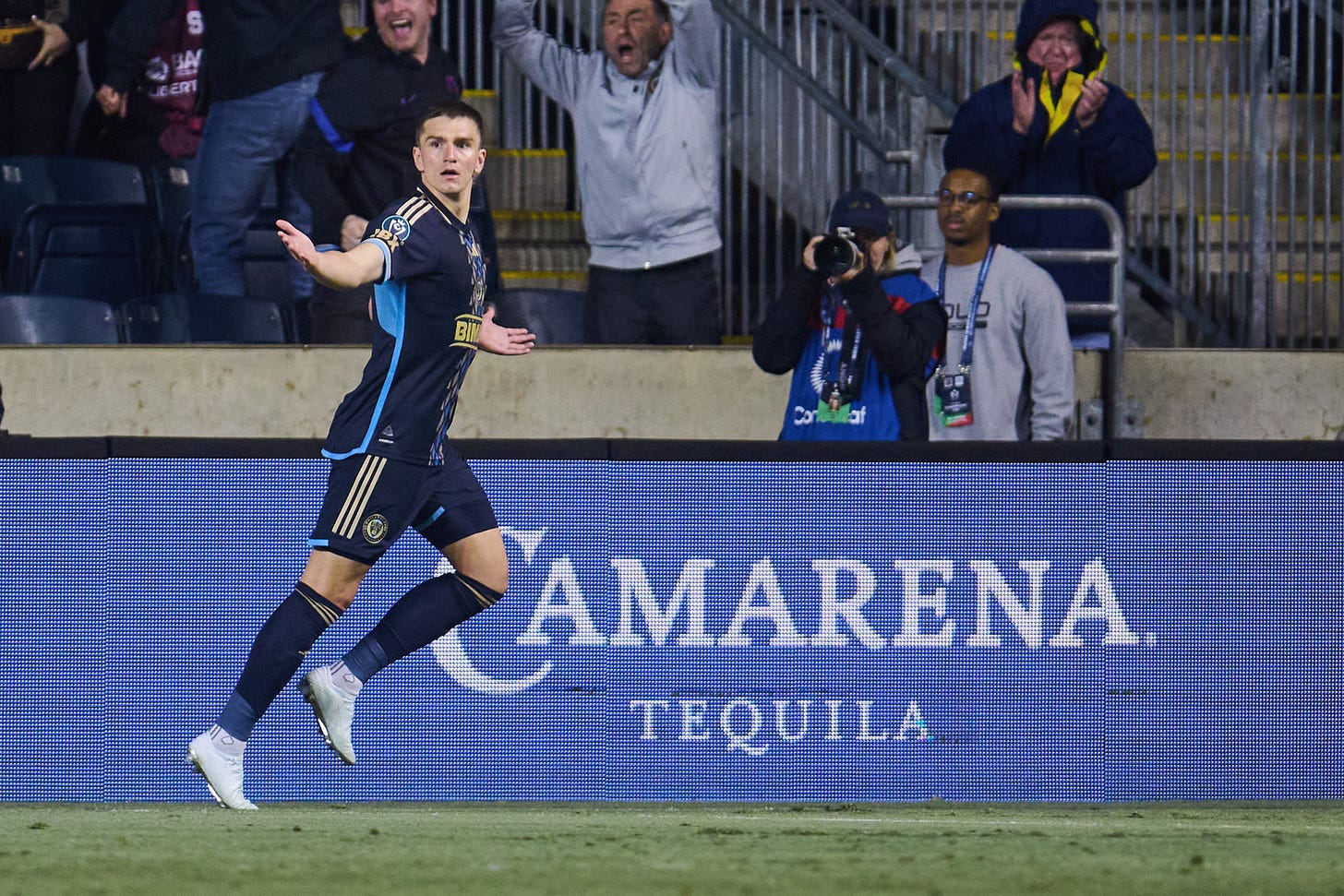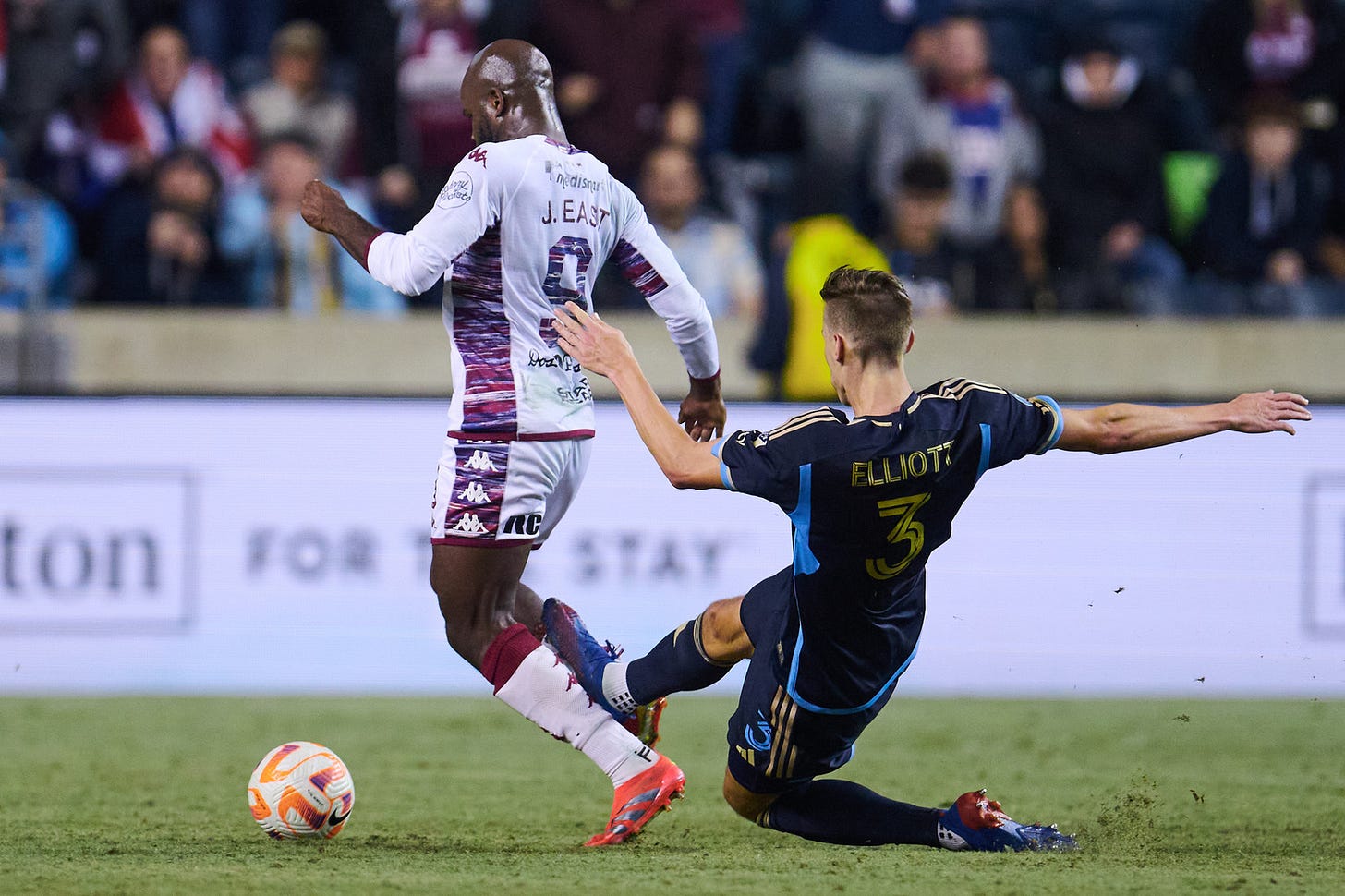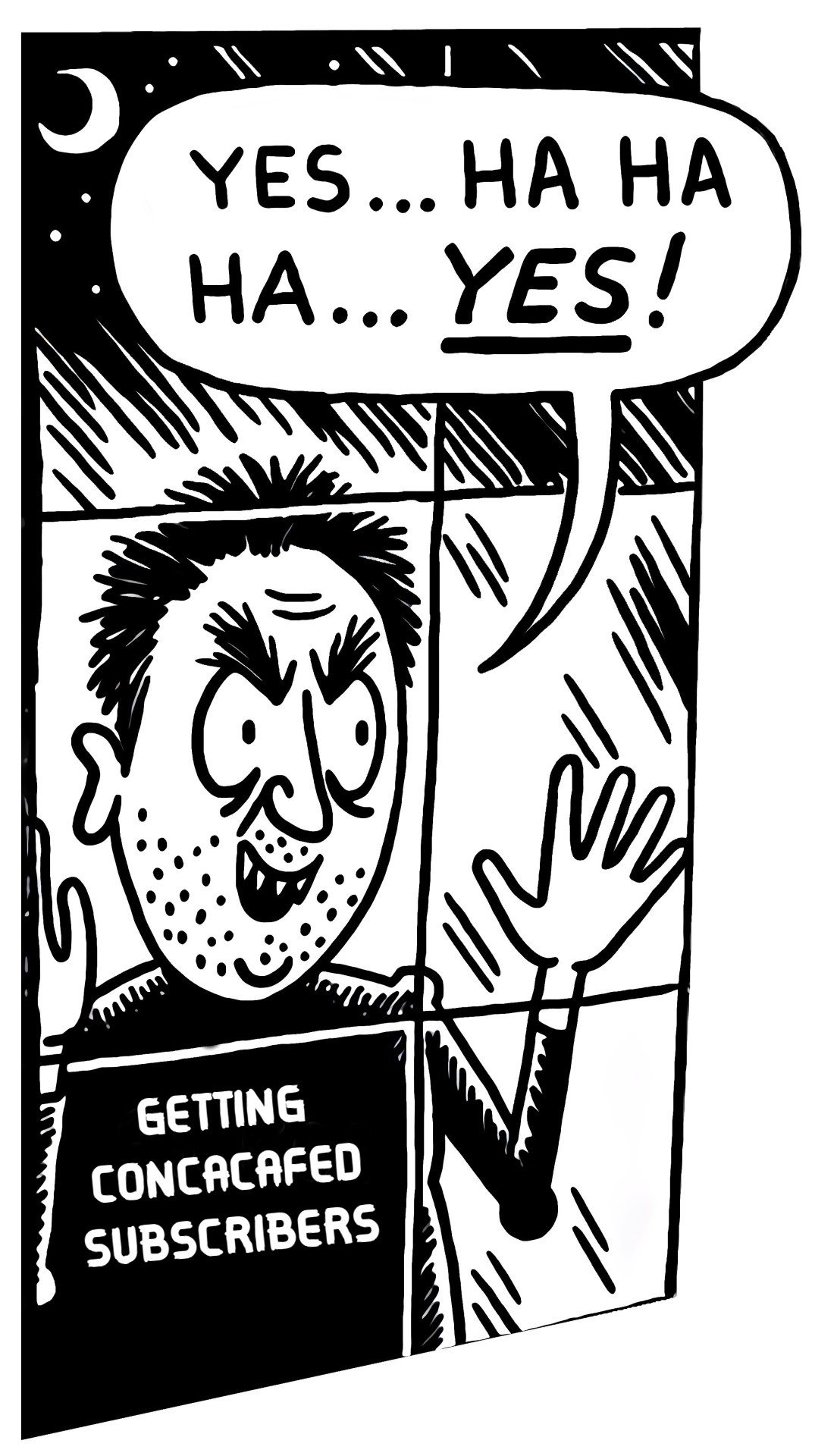In my preview video for FotMob this week, I predicted a boring week of Concacaf Champions Cup. You’d think I’d know better by now.
Instead, night one produced a six-goal, extra-time thriller as Saprissa battled back and fulfilled their legal obligation to make sure no match between them and the Philadelphia Union ever can be normal.
While the Union eventually advanced to the quarterfinals on a goal from Mikael Uhre, Saprissa put their recent form behind them and showed they’re still at a level where they can compete in Concacaf competition.
It’s been far from the only interesting series in the first round of the Concacaf Champions Cup, which concludes Thursday. That’s a good sign for Concacaf, which is utilizing a new format after years of a 16-team straight knockout competition.
With the FIFA Club World Cup expanding in 2025 and everyone looking to get as big of an inventory as possible for TV partners and other sponsors, Concacaf opted to go much bigger.
While it may seem subtle, the new CCC format is a pretty massive change. A lot of games were added and the field grew by 11 teams. There was no guarantee those teams would be good, that they’d be up to the level of some of the top clubs in the region.
Instead, we’ve had Mexican grande Club América losing in Nicaragua, Toluca eliminated by Herediano and the aforementioned spunky Saprissa. And, yes, there have been a few blowouts, nothing new to the opening round of Concacaf club competition.
Those ‘extra’ clubs also have sometimes given us great scenes like the ones in Estelí, Nicaragua, those in Tim Hortons Field in Hamilton, Canada, and spirited showings for teams in an inter-MLS matchup between St. Louis City and Houston.
That’s before RobinHood of Suriname, as the Caribbean champion, one of five teams that earned a first-round bye, starts its CCC campaign next week.
What made CCL good before has remained: Plucky upstarts from surprising places pulling big upsets, games taking place at wonderfully obscure or random venues, a feeling that you’re in on a secret as a commentator raps on the broadcast, and, yes, some actually tense and good competition especially toward the business end of the tournament.
Beyond the changes, there also was the legitimate question of whether or not the format was fair to teams from Central America and the Caribbean who had to go through these new competitions.
The level of club soccer in those two subregions remains in a place where teams typically are unable to topple the North American squads. On the right day, with the right matchup, they clearly can compete and sometimes win. By conducting those tournaments in the months leading up to the CCC, teams are able to assemble a roster that gives them the best chance to compete in the continental tournament.
And, as time passes, there should be plenty of hype around those tournaments themselves, with teams not just trying to get CCC tickets but looking to add regional trophies to their cabinets and forging new rivalries with clubs from nearby countries.
With the name change a throwback to that of the original Concacaf club championship and the preservation of the direct-elimination, ‘get to the good stuff’ bracket, the sacrifices Concacaf had to make to both grow the tournament and keep the product enticing have so far paid off.
Too often when governing bodies start to tweak things, they do so without considering what’s been working or the meaning a tournament has to fans. Early on, #CCLFever has seamlessly mutated and is treating #CCCickos to the type of games they know and love.
Enjoy the games. Enjoy the tournament.








After reading a novel set in Belize, I pulled out of my map collection for my rotating display National Geographic map of Central America. And some of the historical bits on the back talked about how, when the region gained independence from Spain, the region that is Guatemala to Costa Rica could have been one country, but the elites in some of the five provinces insisted on retaining power and thus divided the colony (not unlike how the United States got saddled with Rhode Island and Delaware). Obviously, a unified Central American league and national team pool would be stronger than five (now seven, because Belize counts, right?), but these preliminary competitions for CA and the Caribbean are as good as we’ll get and frankly I’ll be surprised if the collective FAs don’t step on themselves and kill them off in five years.
(And I’m the kind of sicko who liked the old three-team groups; watching those last games to see who would get seeded where was just my kind of fun.)